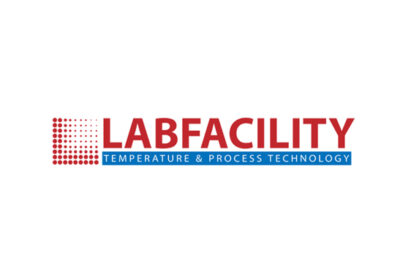Monitor, contextualize and control
Eight years ago, came a great promise — domestic smart meters vowed to save on energy bills and reduce Britain’s carbon emissions by 34 million tonnes over 20 years. Since then, 10.8 million smart meters have been installed, but tackling household consumption isn’t the only opportunity to reduce global emissions. Here, Martyn Williams, Managing Director of COPA-DATA UK, explains three steps manufacturers can take to reduce their carbon footprint.
Carbon is simply shorthand for the full range of greenhouse gas emissions, not just carbon. These gases are released by numerous types of activity — either by the burning of fossil fuels or through industrial processes. According to a report by The Guardian, industry is responsible for 14.7 percent of all global emissions since 2005, trumping the environmental damage of global agriculture, road, and air transport.
Before getting into detail on how to mitigate these negative effects, manufacturers should take a leaf out of the consumer’s book. After all, you cannot reduce what you do not monitor.
Monitor energy use
Monitoring energy consumption might seem like a no brainer, but a surprising number of facilities are failing to track this accurately.
Manufacturers are usually aware of the total energy consumption of their factory; with many using the overarching Energy Use Intensity (EUI) metric to relate energy consumption to production volume. While this is an important figure to provide an overview of a plant’s efficiency, it is not always useful to uncover specific areas of excess energy consumption.
Using this method, equipment specific energy data can often get lost. For example, when production volume increases or decreases, it can be difficult to determine whether changes in energy use are consistent with production. To determine inefficiencies accurately, greater investigation is required. Unfortunately, this data is often hidden from view.
Contextualize the data
Despite the masses of data available from production processes and individual pieces of equipment, today’s manufacturers are not putting this energy consumption information to its best use. One of the greatest challenges of the data overload is evaluating the information and acting on it.
During this era of mass data, an intelligent analytics and data reporting platform is one of the best investments a manufacturer can make to improve their energy consumption.
COPA-DATA’s zenon, for instance, allows manufacturers to contextualize the data a facility produces. This means the software displays all relevant information at a glance. For plant managers, this takes away the time-consuming process of sifting through data and allows them to identify areas of energy wastage immediately.
Of course, you can’t change what you can’t control.
Take control
Putting this data to good use is only possible with a platform that also delivers data acquisition and equipment control. For facilities with equipment from various original equipment manufacturers (OEMs), we recommend using independent software that can collect information from an array of equipment.
Once a manufacturer understands where energy is being wasted, the facility can take steps to become more efficient. This does not need to be drastic changes — often, small and incremental adjustments to production can make the biggest difference.
Consider this as an example. Software could identify that a small number of machines were unknowingly being left idle during a production lot. For this specific batch, the machines are not necessary and should be entirely switched off to save energy, as flagged by the software. Comparatively, the software could determine that some pieces of equipment would waste more energy during a start-up phase, than if they were left idle. In this instance, the equipment would consume less energy over time if left on standby, as deduced through the software’s data analysis.
There is no one-size-fits-all method for reducing energy consumption in industrial facilities, which is why investing in the right software is so essential. However, by following these three steps, manufacturers can ensure their energy management is monitored, contextualized and controlled.
More information on COPA-DATA’s industrial software, zenon, can be found on the COPA-DATA website. Please visit www.copadata.com or call COPA-DATA’s UK head office on +44 (0) 29 2032 9175 for further details.






